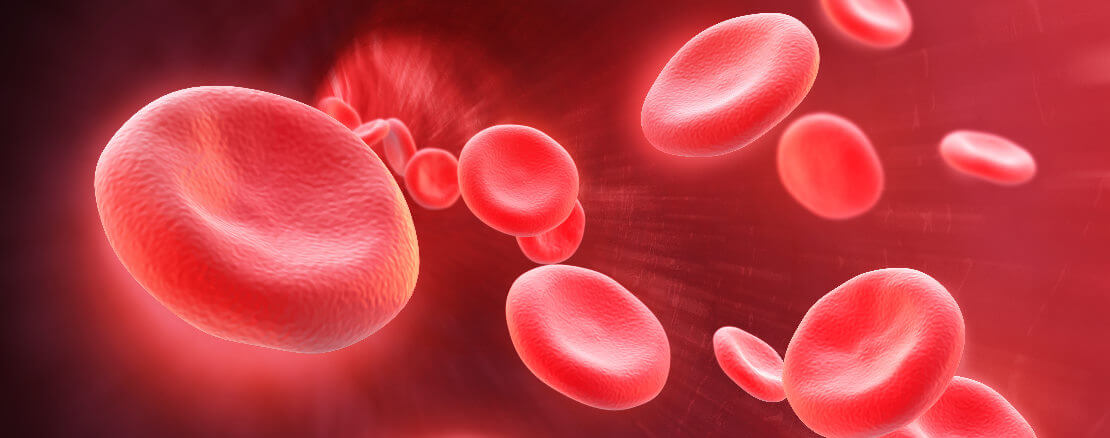

Time's up
The myelofibrosis diagnosis quiz gives you an introduction to myelofibrosis and the different methods used for a diagnosis. Myelofibrosis is a chronic blood cancer that scar tissue develops in the bone marrow and effects the ability to produce blood cells. Primary myelofibrosis (PMF) refers to someone who develops myelofibrosis without any prior blood disorders. Secondary myelofibrosis occurs when a previous blood disorder turns into or leads to myelofibrosis. In most cases, essential thrombocythemia or polycythemia vera are present.
There are several treatments for myelofibrosis, but the only curative option is an allogenic stem cell transplantation, which involves infusing healthy stem cells from a donor into the bone marrow. However, not all patients are eligible for this procedure and there are typically some serious side effects. The other common options for treatment are chemotherapy or radiation, which are used to relieve the symptoms of myelofibrosis. Clinical trials are also an option for treatment and are the main source of innovation and development of new therapies for myelofibrosis. Approved treatments from clinical trials such as Jakafi, are used often to treat myelofibrosis patients.
Diagnosing Myelofibrosis
In the myelofibrosis diagnosis quiz, you will answer questions about different myelofibrosis related topics. When myelofibrosis is suspected, blood tests like a complete blood count (CBC) measure the levels of the different blood cells present. Anemia is a common symptom of myelofibrosis patients resulting from low levels of red blood cells. In some cases, white blood cells will have abnormally high levels.
Bone marrow exams such as a biopsy or aspiration can then be used to confirm the diagnosis. In a bone marrow biopsy, a needle is used to gather a sample of hardened bone marrow from the hip. Also, a sample of liquid bone marrow may be collected during the same procedure. Once collected, the number and types of cells are analyzed in a laboratory.
Finally, blood or bone marrow samples can be collected and tested for genetic mutations. The JAK2 mutation is found in nearly half of all myelofibrosis cases and can be used to confirm a diagnosis after previous tests suggest myelofibrosis may be present.
X-rays and MRIs are the two most common imaging tests used to learn more about the myelofibrosis, such as the extent of the scar tissue in the bone marrow. Take the myelofibrosis quiz to put your knowledge to the test while learning about myelofibrosis and the various diagnostic methods used.
